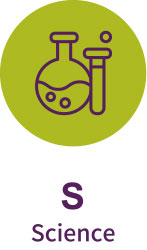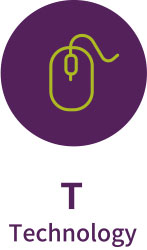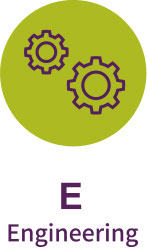
Our Learning Programs are designed to support the development of our student's BASIC skills through curriculum that are carefully drawn from best education approaches in an international context. This gives students skills, knowledge and confidence to achieve a future academic success.
Language Arts is an essential aspect of Aiwin curriculum that are applied both in English and Japanese language learning. It includes includes four areas of skills: speaking, listening, reading, and writing. Students practice these skills in their daily Phonological Awareness activities and Japanese Isiisiki class.
Language Arts enables a student to think more critically and even abstractly about a topic and learns of different strategies to comprehend the concept and express their reflections. Critical thinking, coupled with communication during theme class discussions or writing journals, teaches valuable life skill that our students will carry even after graduation.

There has been much research indicating that phonological awareness, especially phonemic awareness (the ability to hear the individual sounds of the language) and letter knowledge are key predictors to students’ success in later reading, writing, and spelling ability. Phonics alone, without sensitivity to the sound structure of the English language, makes it difficult for children to hear or produce the sounds of English naturally, especially children who are learning two or more languages. Aiwin offers a developmentally-appropriate phonology and phonics program based on Orton-Gillingham Literacy Approach. Students who have a hard time with language decoding and spelling often benefit from Orton-Gillingham approach which is characterized as :

Systematic
Each activity targets a specific phonetic concept, and new concepts are built in systematically across the series of resources.
Sequential
Phonetic concepts and high-frequency words are introduced in a specific order according to what students tend to encounter and internalize first and which ones are harder. It increases in difficulty so students consistently build on what they learn.
Multisensory
Students explore English language using their visual, auditory, kinesthetic, and tactile senses.
Synthetic
A teaching method that begins with letters, then builds to blending sounds, and then to reading whole words.
Phonics-based
Students are introduced to specific Phonic elements, revisit them repeatedly, and provide many opportunities for students to practice them across a variety of words, stories, and activities.
Students experience hands-on literacy workshops through language experiences such as reciting poems, singing, and clapping the syllables of chanted words. Our learners acquire Phonological Awareness skills in an overlapping sequence rather than by mastering one level before the next. To reinforce Phonological Awareness, Aiwin also offers an exemplary online reading program that students and parents can access at school and at home. The illustration below shows the 4 vital components of our phonology and phonics program with some examples that lead to excellent reading and writing skills in English.
Children are born as natural researchers actively asking, looking for and finding answers about the world around them. They are natural learners that needs opportunities to practice skills and seek new knowledge. With STEAM as part of our core program, students learn to apply the scientific process early on. They make predictions, collect information, experiment and question their assumptions, which are highly valuable skills needed to achieve success in school and in life.
STEAM is an integrated approach that let students build a wider understanding of the world around them through hands-on exploration of materials and active discussion of ideas and reflections. Through project-based activities, students can explore and discover answers to our weekly key questions while learning literacy, problem solving skills, and collaboration techniques. It provides opportunities for our students to apply thoughtful risks, pursue problem-solving, embrace collaboration, and excel at the entire creative process. Every week, our students engage in STEAM activities related to our theme, with a goal of encouraging students to find answers to questions that interest them. More than finding the correct answers, the process and strategies of finding the answers are valued the most.









